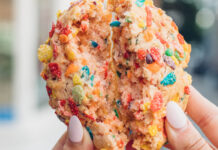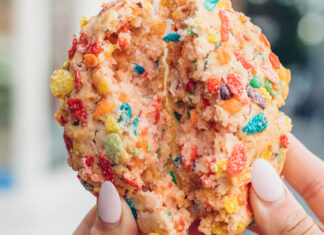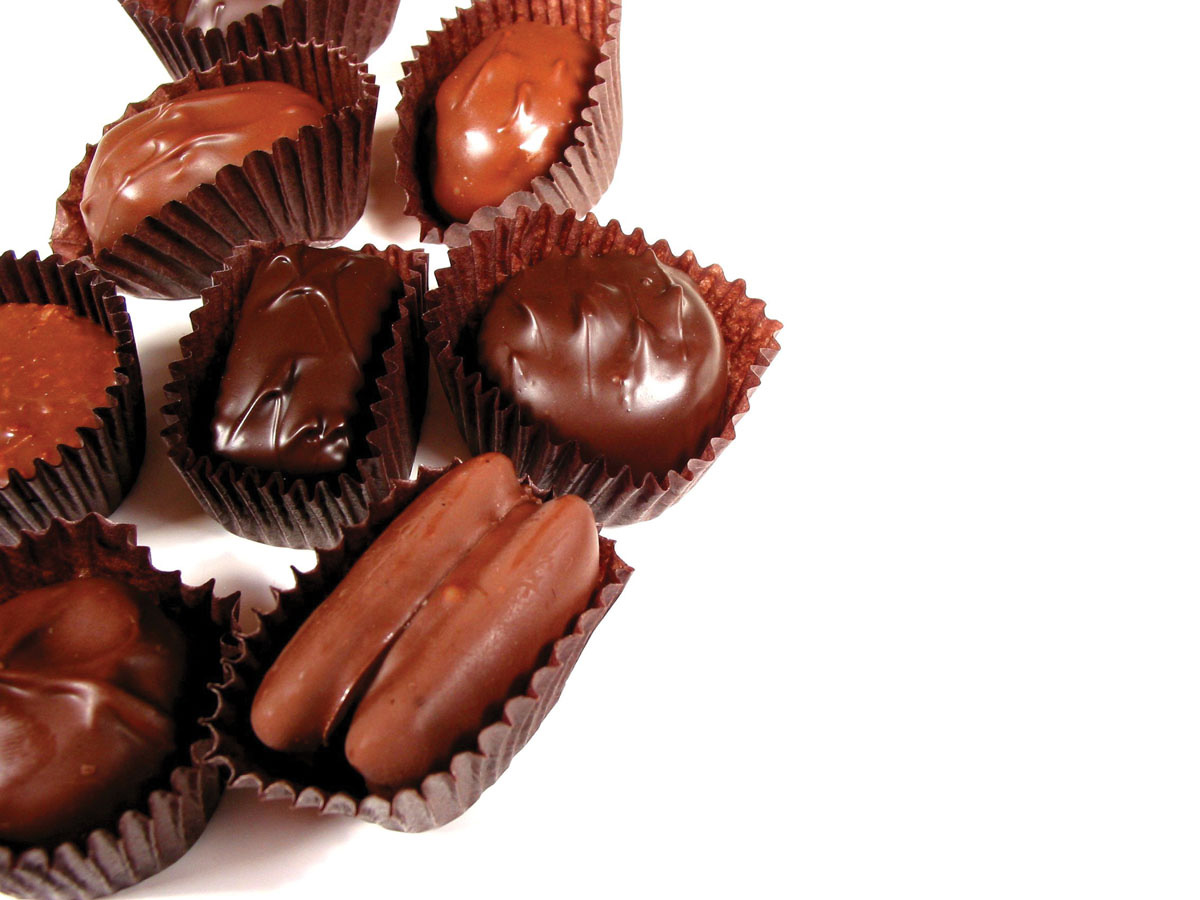 Whether you enjoy it in the form of a Hershey’s Kiss, nestled in a cookie or coating a luscious red strawberry, we just cannot seem to get enough chocolate. In America alone, it has been calculated that 2.8 billion pounds of chocolate are consumed annually, amounting to about 11 pounds per person. And while we’re on the subject, no one said it better than Forrest Gump’s mama, who coined perhaps the most commonly recognized analogy in the English language: “Life is like a box of chocolates.” Well, it turns out, it is. So next time your finger is swirling over a box trying to pick which one to bite, take a moment to consider how the look and taste of each is like each of life’s unique cast of characters — from The Girl Next Door to the Sly Guy at the office, we introduce you to them all.
Whether you enjoy it in the form of a Hershey’s Kiss, nestled in a cookie or coating a luscious red strawberry, we just cannot seem to get enough chocolate. In America alone, it has been calculated that 2.8 billion pounds of chocolate are consumed annually, amounting to about 11 pounds per person. And while we’re on the subject, no one said it better than Forrest Gump’s mama, who coined perhaps the most commonly recognized analogy in the English language: “Life is like a box of chocolates.” Well, it turns out, it is. So next time your finger is swirling over a box trying to pick which one to bite, take a moment to consider how the look and taste of each is like each of life’s unique cast of characters — from The Girl Next Door to the Sly Guy at the office, we introduce you to them all.
 Milk Chocolate: The Girl Next Door
Milk Chocolate: The Girl Next Door
As per U.S. government standards, a 10% concentration of liquor is required to classify milk chocolate, while EU regulations beg at least 25%. Made with milk powder, liquid milk or condensed milk, milk chocolate is an American favorite. It’s liked by most, intriguing for its simplicity. Classic, conventional, sweet, smooth and satisfying, milk chocolate works very well with others (think of your favorite candy bar and chances are its base is milk chocolate. Snickers, anyone?). But it wasn’t until Swiss confectioner Daniel Peter invented the process of milk chocolate in the glorious year of 1875 that chocolate took on a pleasant taste.
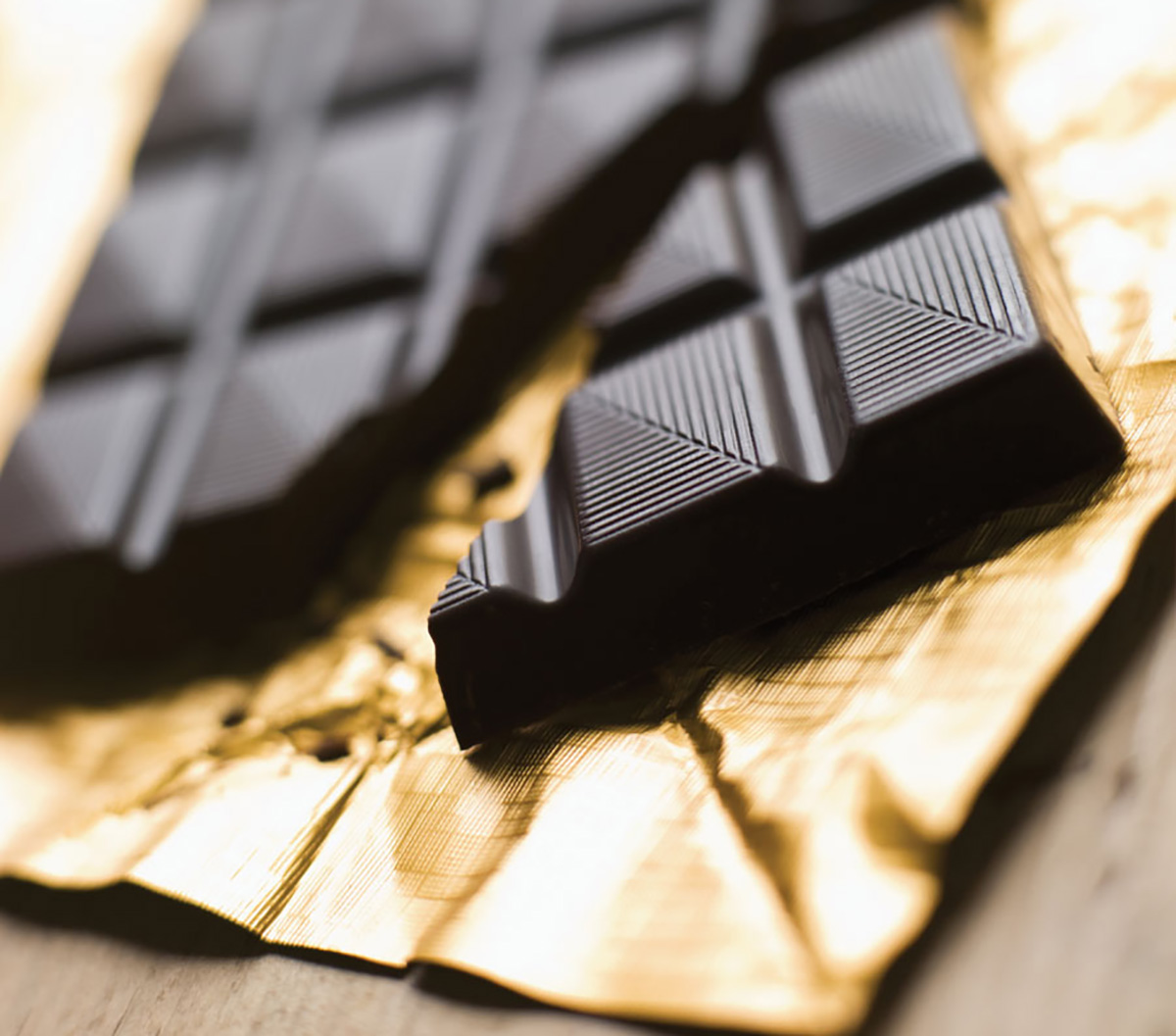 Dark Chocolate: The Mistress
Dark Chocolate: The Mistress
Dark chocolate is bitter, satisfying, twisted, lenient and forgiving. It’s produced by adding fat and sugar to cacao. Yet somehow, it’s still good for you…in moderation. But since one ounce is never enough, we’re happy to justify its consumption. Chocolate is made from plants, which contain flavanoids that act as antioxidants. Having the power to lower blood pressure and cholesterol, what’s one more piece? In the end, dark chocolate creates a battle between your heart and your mind. Although there usually isn’t a winner between passion and logic, living for the moment definitely makes it all worthwhile. And sometimes that’s all that really matters.
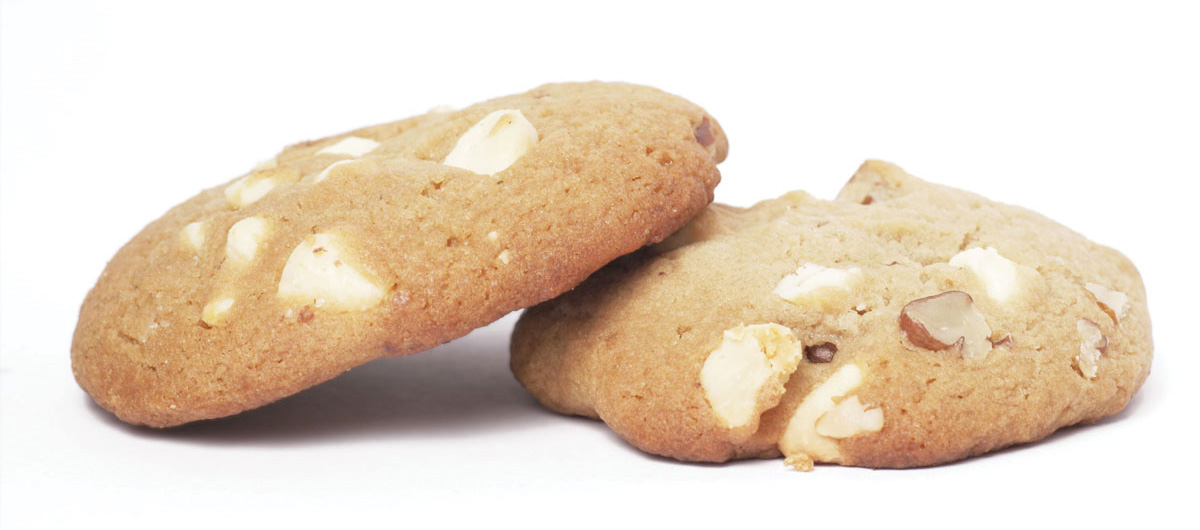 White Chocolate: The Sly Guy
White Chocolate: The Sly Guy
A confection of sugar, cocoa butter and milk solids, white chocolate is like the sly guy with a series of tricks up his sleeve. As it turns out, white chocolate is not actually chocolate, since it is in the form of cocoa butter rather than the cocoa solids derived from chocolate liquor. With that said… SURPRISE! White Chocolate is not easy to work with. Microwave it a few seconds too long and it scorches. The cocoa butter can occasionally split, creating an oily compound that can be recovered by re-emulsifying. Not exactly what you bargained for. It’s intriguing, deceiving…and silky. It’s a trick and a treat all at once, yet at the end of the day, it electrifies and satisfies. So although it may beg for credit where it may not be deserved, we can’t help but choose to look the other way, because it’s mysterious…and so darn good!
 Bittersweet & Semisweet Chocolate:
Bittersweet & Semisweet Chocolate:
The Average Joe
Used interchangeably with bittersweet chocolate, semisweet chocolate is where most of us fall. The industry doesn’t strictly regulate these two forms of chocolate, although the following stands true: Bittersweet chocolate contains less sugar than semisweet chocolate. Semisweet and bittersweet chocolates are tagged “couverture,” for their high cocoa butter content. As such, they must be tempered during the process of fat crystallization. The end result: They’re a favorite for dipping, coating and molding, and can be just as beautiful in a smooth state as in a hard, creamy texture.
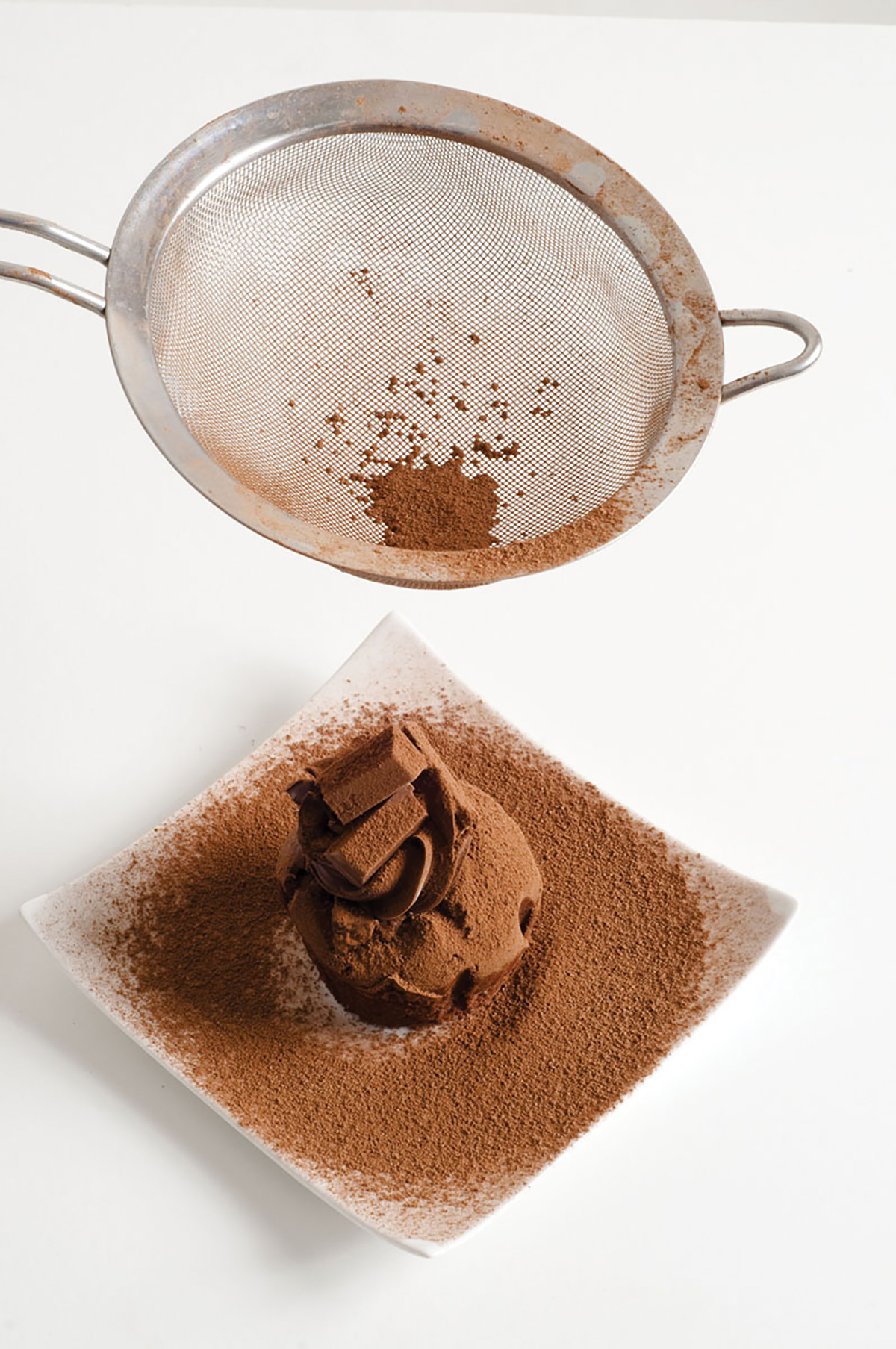 Unsweetened Chocolate:
Unsweetened Chocolate:
The Bitter Neighbor
This one just leaves a bad taste in your mouth. It’s so bitter, it could be a whole other food group — one right off the current USDA chart! You know you remember the first time you tried to eat a spoonful of cocoa powder, imagining it was Nesquik or Ovaltine greatness for a split second before you coated your palate with glorified sawdust. You always have to wash it down with something. But, unlike white chocolate and its tendencies to surprise, this is the real thing. And, as is true for many things (and people) in life, the truth is usually hard to swallow.








